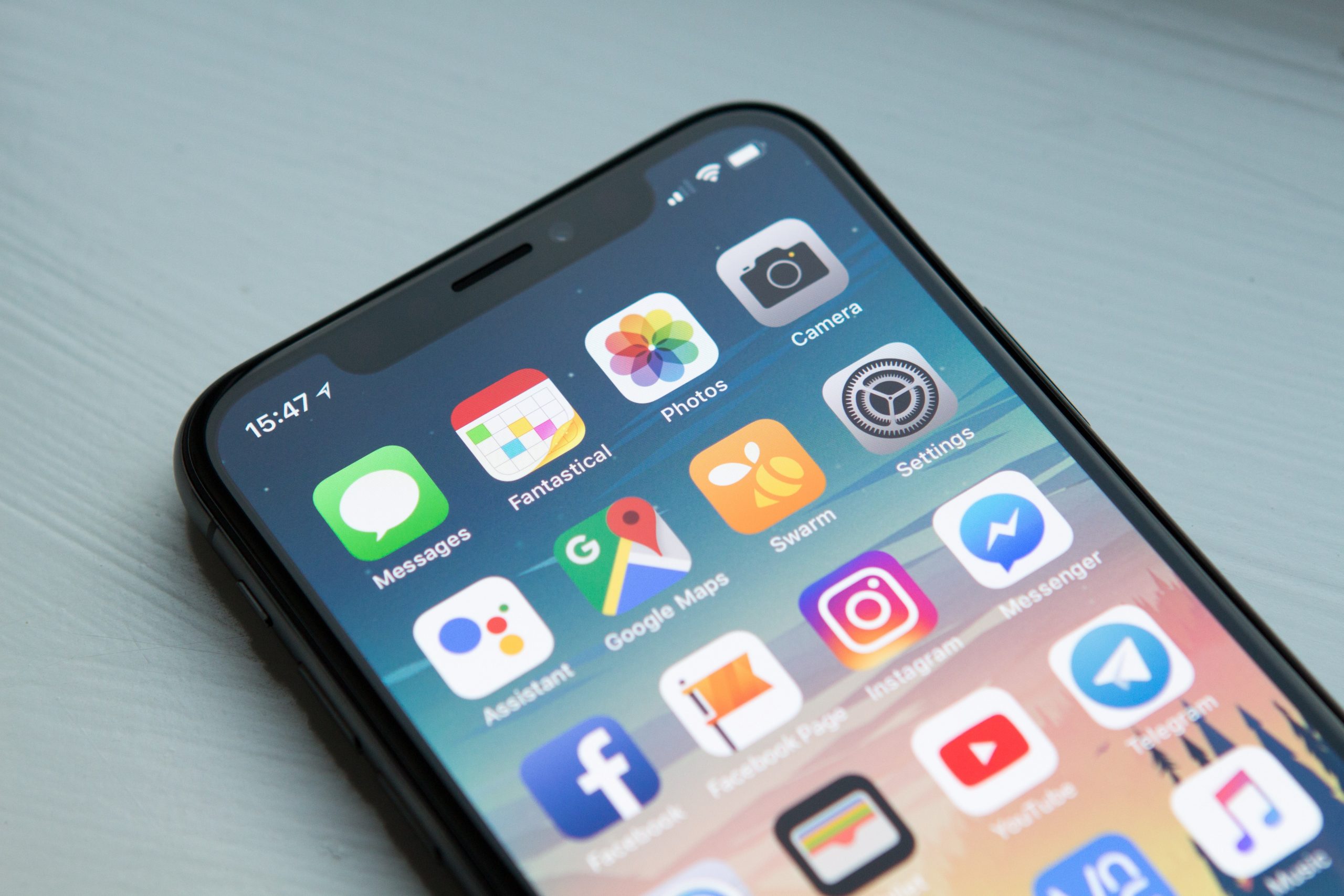
The Benefits and Challenges of In-App Advertising
In-app advertising is a medium that has grown since marketers have taken advantage of the upswing in mobile usage over the past few years. Optimizing for mobile web use is a great start, but it’s only one part of the mobile advertising equation.
With 2.7 billion smartphone users, nearly 90% of the total mobile time is spent on apps and with 1.96 million apps on Apple’s App Store and 2.87 million on the Google Play Store, there is plenty of inventory. It’s hard to ignore the strong engagement and app installs brands can earn going through the in-app advertising route if done properly. Here are a few things to know before you dive into in-app advertising.
Benefits
In-app advertising provides a better consumer experience than display advertising within the mobile web. Ads on the mobile web are often compressed and unappealing to smartphone users. In-app ads are scaled to fit the screen and look better, thereby improving over all engagement.
Location is a big factor in being able to deliver relevant ads in-app to users. Certain technology providers, such as specialist DSPs, have the capability to determine where the user is at that exact moment and offer real time services or products that take into account location. For example, if you’re male, 18-25, and near a JD Sports store, you can be served a relevant ad based on this information.
Accessibility is another beneficial factor to consider when creating in-app ads. Since most users have their phones with them around the clock, wherever they go, it’s easy to reach them with in-app mobile advertising. You have access to a captive audience, i.e., users who are already using the app and interested in you. Since they’re already engaged, it makes the conversion process an easier win. 59% of US smartphone shoppers used their device in-store to compare costs or search for deals and coupons.
Challenges
Many mobile users are unwilling to pay for an app so developers have had to come up with creative ways to monetize. One of the ways to do this is through subscriptions on app purchases. Gated levels are another means to monetize and move users from a “freemium” app version to a paid one by allowing them to use the app, but barring some functions such as ads.
Tracking is another area where advertisers are facing challenges. Advertisers may find it difficult to track post-view conversions and tie it in with in-app conversion. Many advertisers have been falling back on using CTR as a form of measurement but this model is inaccurate as it doesn’t account for accidental clicks, which are common with smartphone use. The iOS14 update has provided another barrier to accurate user tracking, with advertisers potentially losing post-click action data.
Browse: Industry Insight
Read Next
Find out how we can help you
With offices around the world, we can build a team perfect for your needs.

